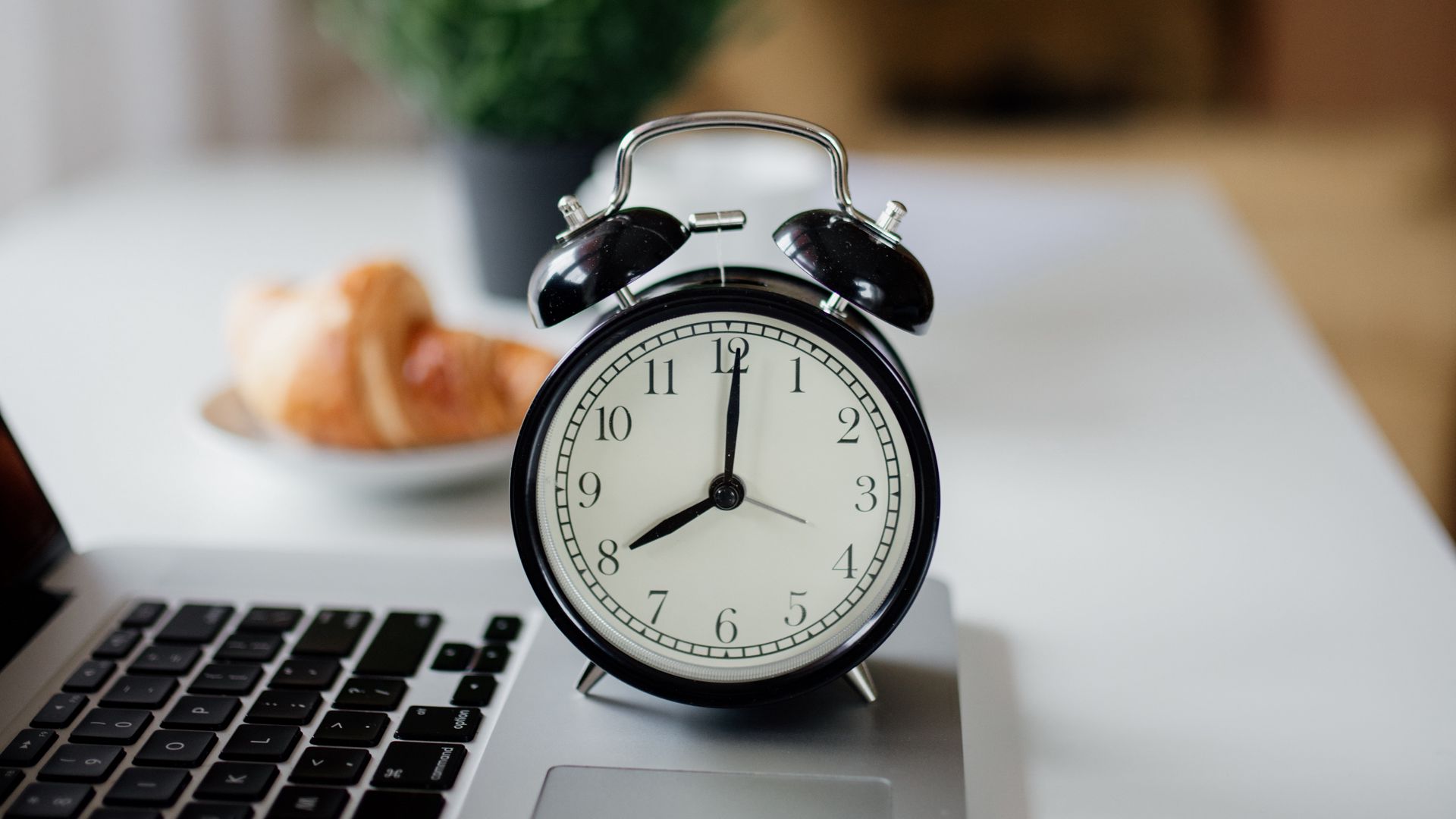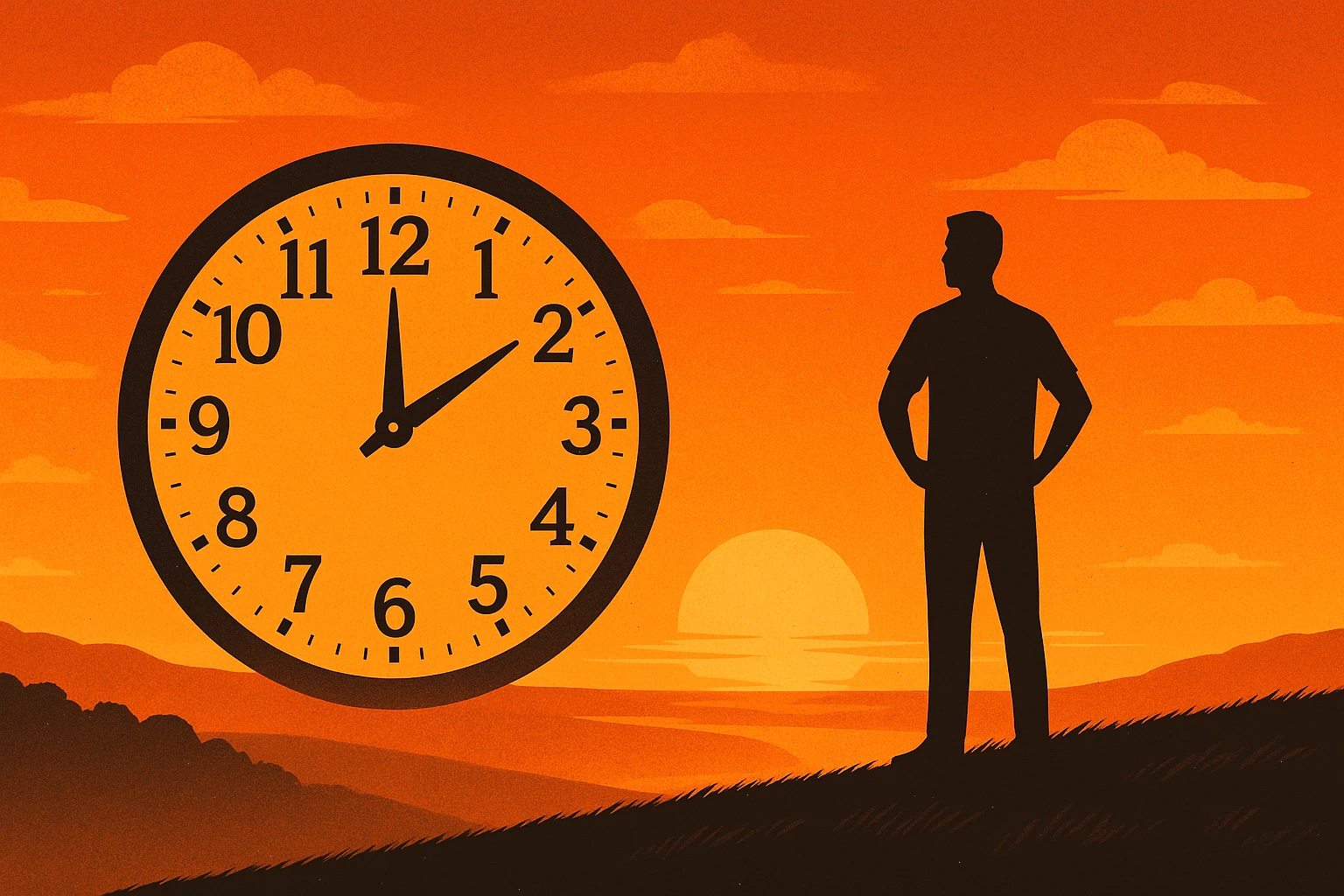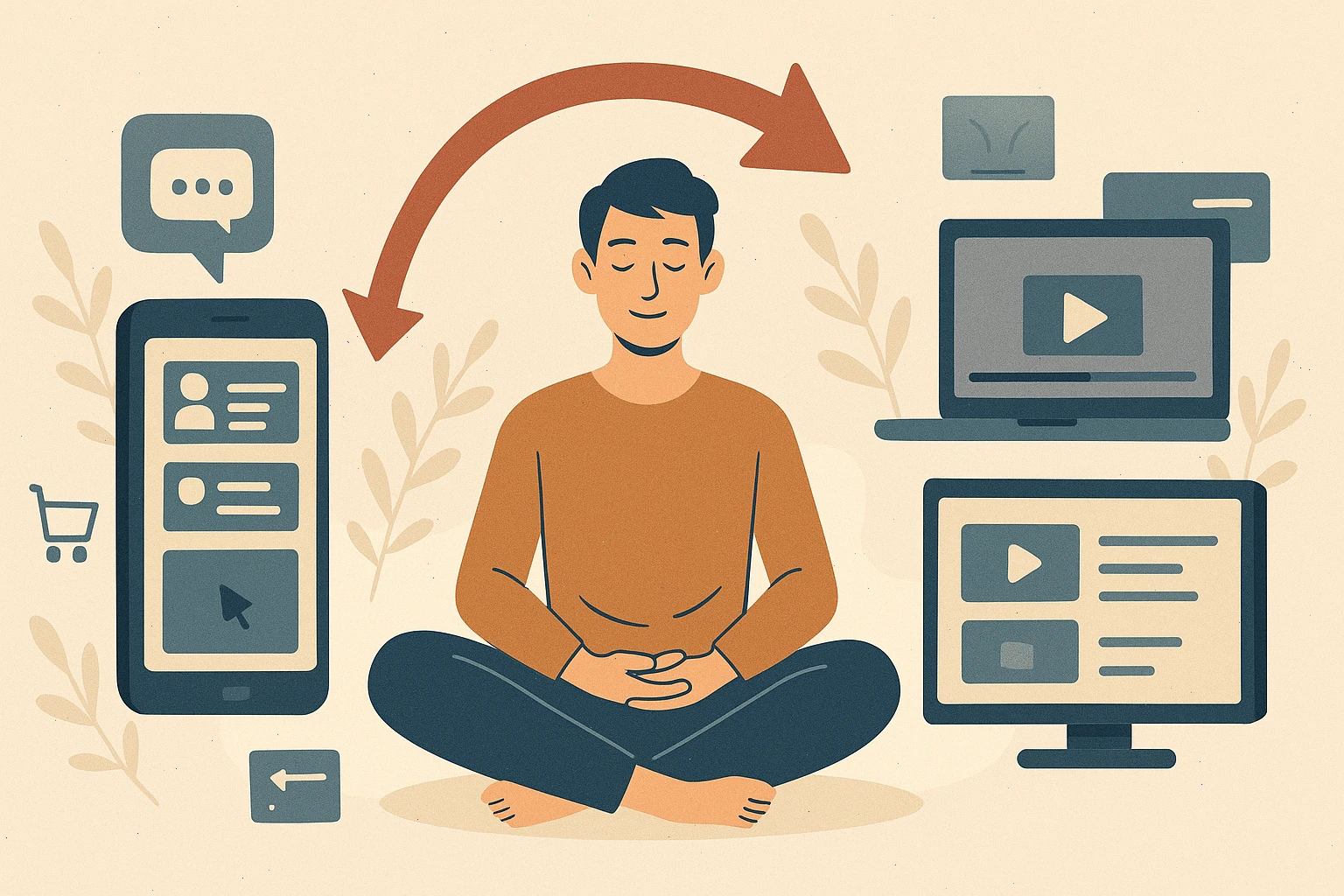When most people try tо start a new habit — like exercise, meditation, waking early, journaling — they tend tо try tо gо as hard as they can. And іn doing so, they set themselves up for failure.
The Problem with Going Too Hard, Too Soon
I have a friend who wanted to start running, for example. Every time they ran, they would do it as fast as they could, so they were always really winded. That’s Too Fast, Too Soon (title of my new action movie franchise). It’ll lead to failure for most people.
Another person I talked to wanted to start waking up at 5am, two hours earlier than they were usually awake. They said they were worried they wouldn’t be able to stick to it for long. I agreed: you could probably do it for a few days, but you’ll crash and burn, most likely.
Now, going hardcore is possible, if you dedicate your entire life to this one change, and reduce all other commitments and stressors. You’d have to set up a lot of structure and support to make it work. But your odds of long term success go way down, just like a crash diet.
The Autoregulation Method
So I always recommend starting small. But there’s a more sophisticated technique, that I call “autoregulation” (borrowed from biology) that I’d like to share with you.
Here’s how it works, in brief:
- Start small — let’s say 15 minutes of easy exercise, or wake up just 5 minutes earlier than your normal time on Day 1.
- Increase gradually — If you were successful, increase the habit the next day. For example, increase exercise by 2 minutes or wake 5 minutes earlier.
- Decrease if you miss a day — If you miss a day, decrease the habit the next day. For example, if you miss waking up at 6:45am and wake up at 7:30am, set your alarm for 6:50am on Day 4. Don’t view this as punishment, but as an adjustment for long-term success.
- Take a break if needed — If you’re tired, stressed, or busy, take a full day off and start with a decrease the next day.

Why Autoregulation Works
By following the autoregulation method, you’ll make your habit easier when necessary and more challenging when you have the capacity to handle it.
Some days, you’re just busy, or tired, or stressed. On those days, take a break. Then come back the next day with a decreased habit goal (e.g., exercise 2 minutes shorter, wake 5 minutes later, etc.) to make it easier on yourself.
Other days, you have lots of energy and focus. On those days, it’s appropriate to continue to increase the habit, slowly.
Applying Autoregulation to Different Habits
This time-based approach works for many habits: meditation, journaling, writing, learning a language. While it may not be as effective for changing your diet, you can still apply the principles — slowly move closer to your target eating pattern each day, giving yourself breaks when needed.
If you’re trying to procrastinate less, this method works too. Start with short focus sessions (e.g., 10 minutes a day) and increase by 10 minutes as long as you stick to the plan.
Stopping the Increase Once You Reach Your Goal
At some point, you’ll want to stop increasing, perhaps when you reach your goal (e.g., waking at 5am, exercising for 40 minutes a day, etc.). But it’s possible your goal may change as you progress, and you can find the level that’s right for you through this method of slow change.
Conclusion
So that’s the autoregulation method for changing habits. It’s a compassionate approach that’s meant to increase your odds of long-term success. Give it a shot!



